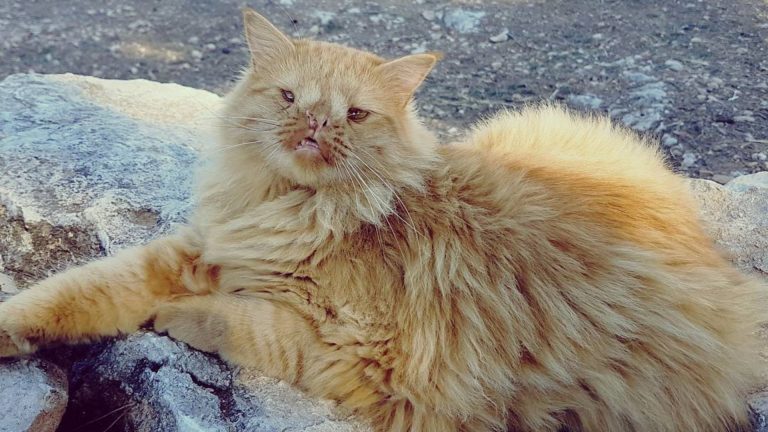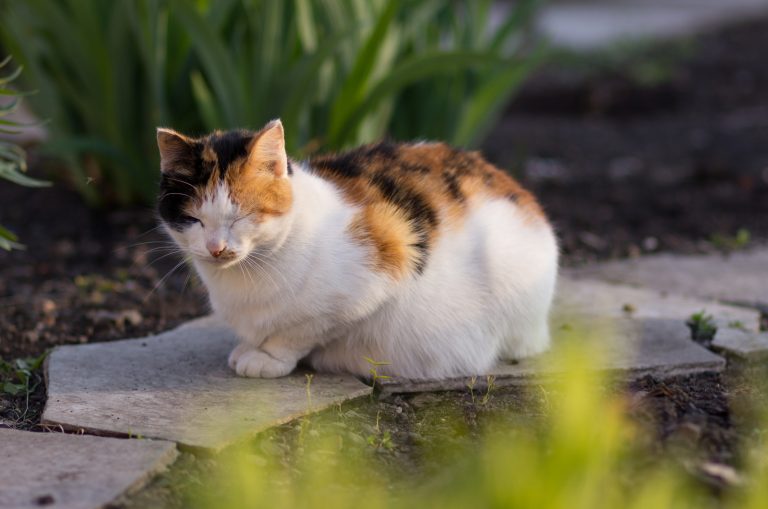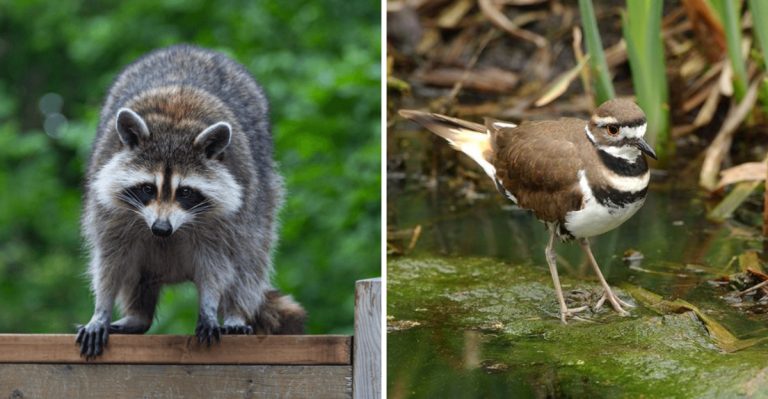Why Louisiana Is Seeing More Black Bear Sightings Than Ever Before
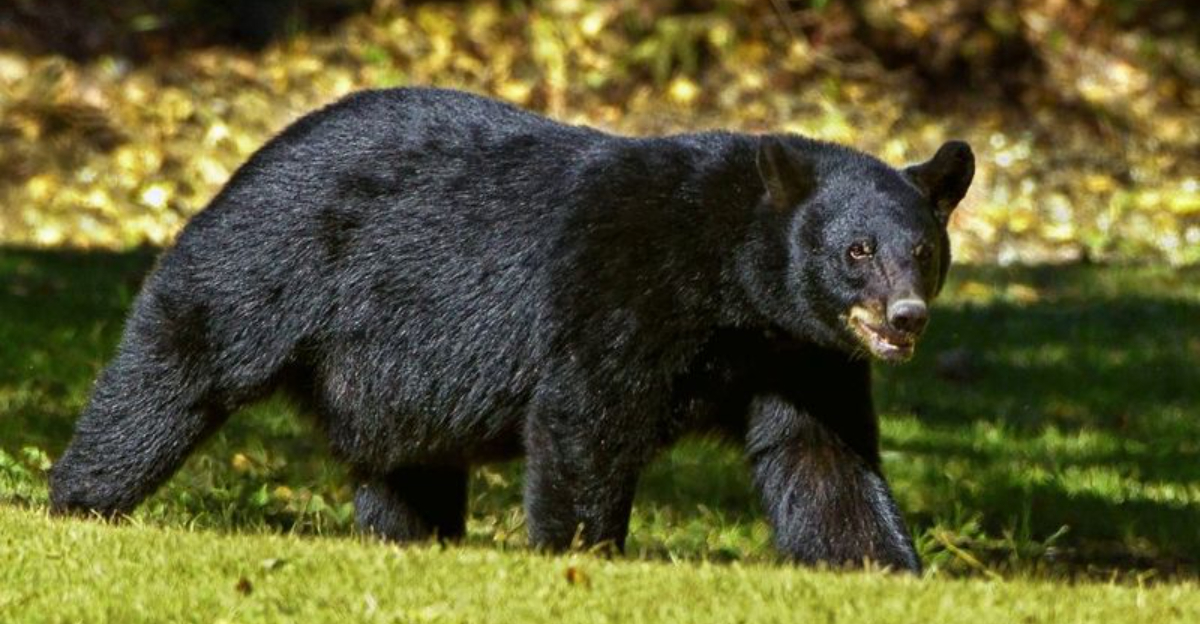
Louisiana’s woods and bayous are buzzing with excitement as black bear sightings reach record numbers across the state.
Once teetering on the brink of extinction, these magnificent creatures are making a remarkable comeback in their native range. Wildlife officials and residents alike are adjusting to this new reality where encountering a Louisiana black bear is becoming increasingly common.
Historical Background From Endangered To Thriving
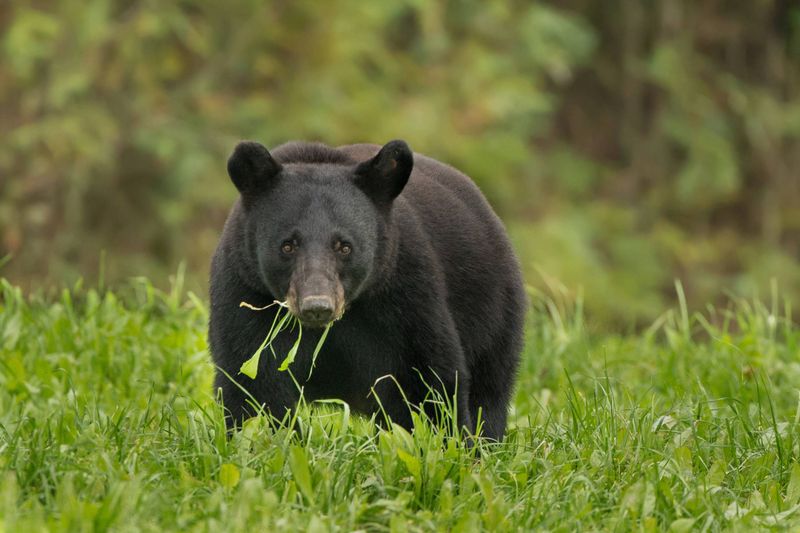
The Louisiana black bear’s story is one of remarkable resilience. In 1992, with fewer than 300 bears remaining, they were federally listed as threatened under the Endangered Species Act.
After decades of habitat restoration and protection efforts, the population rebounded significantly. By 2016, the bears were officially delisted, marking one of America’s wildlife conservation success stories.
Population Growth
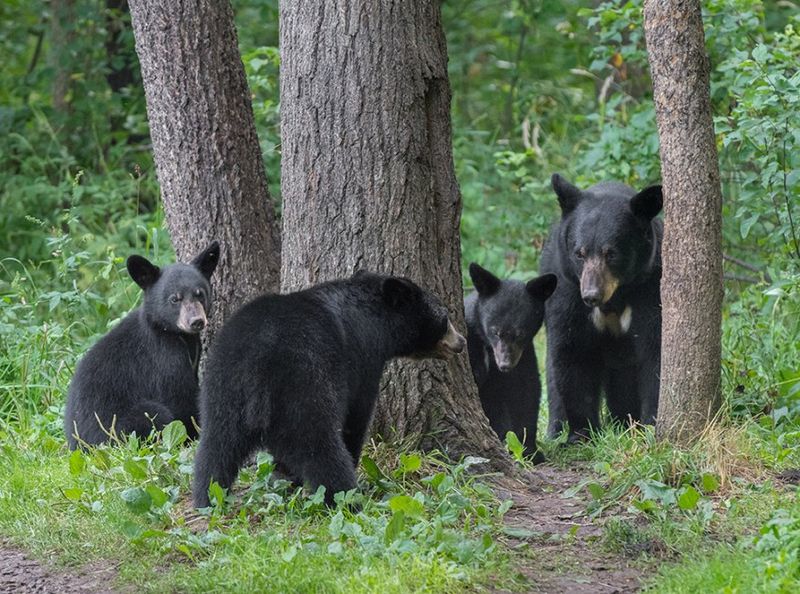
Wildlife biologists now estimate that 500-750 Louisiana black bears roam the state—more than double the population from the endangered years. Healthy reproduction rates continue to push these numbers upward.
Female bears typically produce two to three cubs every other year, accelerating population growth in protected areas where hunting is prohibited.
Bears Venturing Beyond Traditional Boundaries
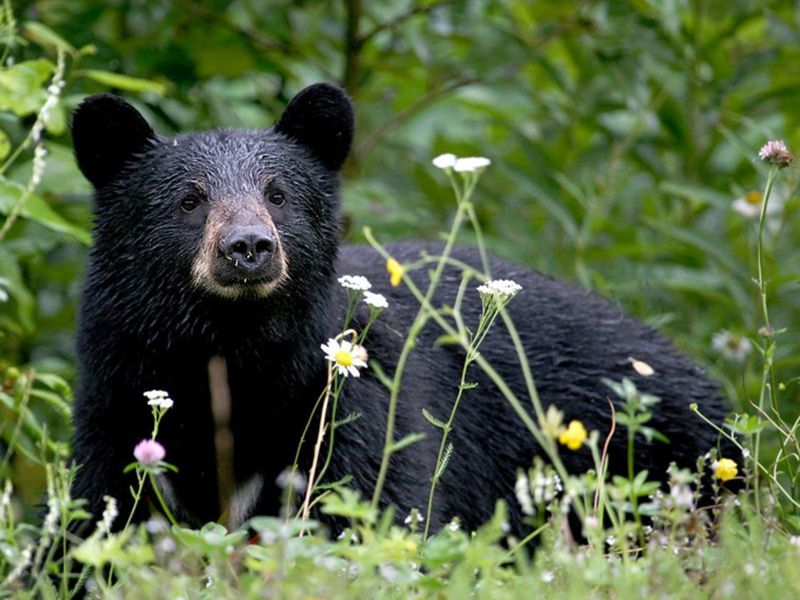
Bears are natural explorers, especially young males seeking new territory. Recent years have seen black bears appearing in parishes where they haven’t been spotted in generations.
Suburban neighborhoods near forests now report occasional visitors raiding bird feeders or trash cans. This expansion signals successful habitat connectivity allowing bears to travel between forest patches.
The Impact Of Agricultural Practices
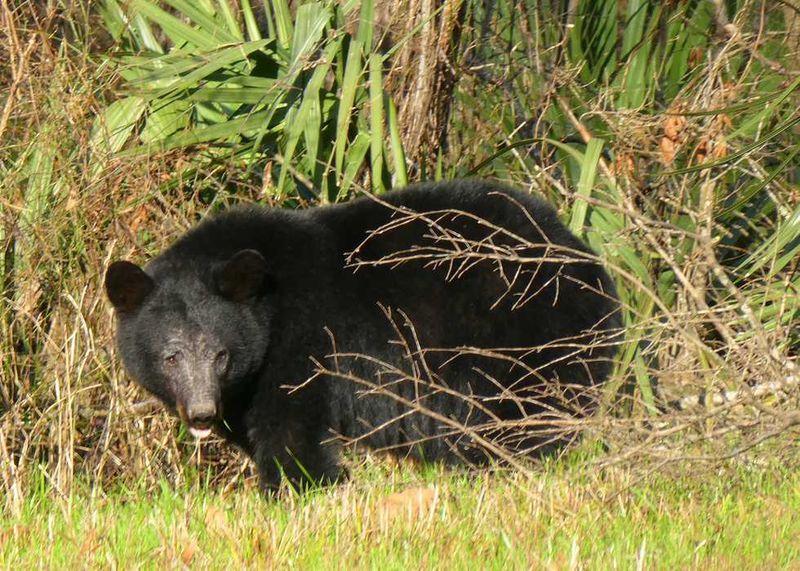
Modern farming creates unexpected bear buffets throughout Louisiana. Corn fields, fruit orchards, and beehives offer irresistible calories that draw bears from forests into agricultural zones.
Climate change has also disrupted natural food cycles, causing bears to seek alternative food sources. When wild berries and nuts are scarce, human-associated foods become more attractive alternatives.
Human-Bear Interactions
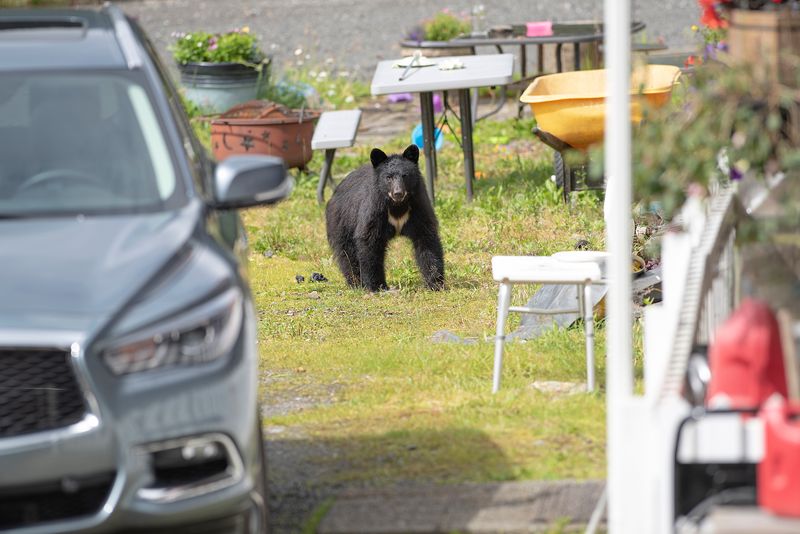
Roadside sightings have skyrocketed as bears cross highways connecting fragmented habitats. These encounters often draw crowds of excited onlookers, creating potential safety hazards for both humans and bears.
Property damage reports have increased, with bears damaging bird feeders, garbage cans, and occasionally outdoor structures. Most bears flee when they detect human presence.
Restoration And Protection Initiatives
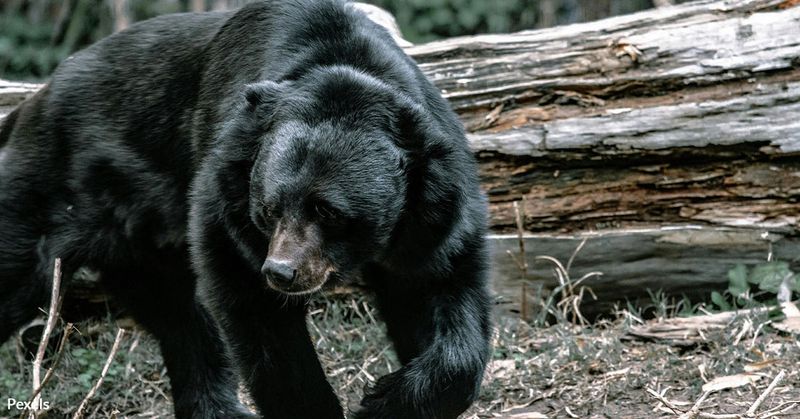
Collaborative efforts between state agencies, conservation groups, and private landowners have restored thousands of acres of bear habitat. The Black Bear Conservation Coalition has been instrumental in coordinating these projects.
Wildlife corridors now connect previously isolated bear populations, allowing genetic exchange essential for long-term survival. These green highways help bears safely navigate Louisiana’s fragmented landscape.
The Role Of State And Federal Policies
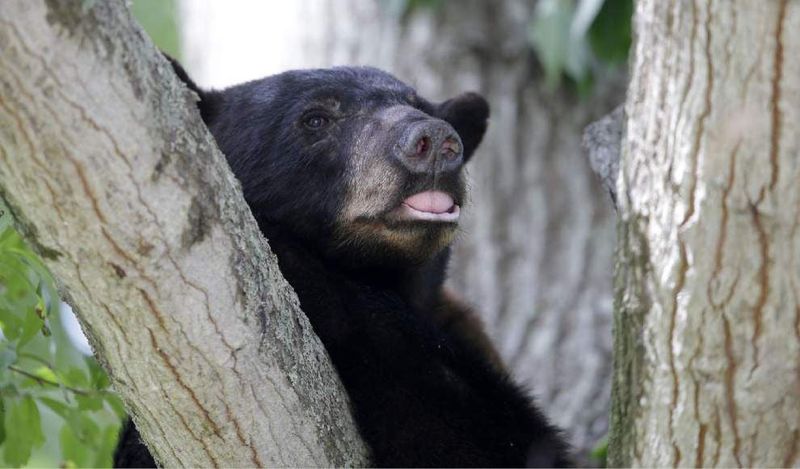
Though federally delisted, Louisiana black bears remain protected under state law, with strict penalties for harming them. Wildlife officials monitor population trends closely to ensure numbers don’t decline again.
Some landowners receive incentives for maintaining bear-friendly habitats through conservation easements. These partnerships have proven crucial for sustaining bear populations on private lands, which make up most of Louisiana.
Public Awareness And Educating Communities On Bear Safety
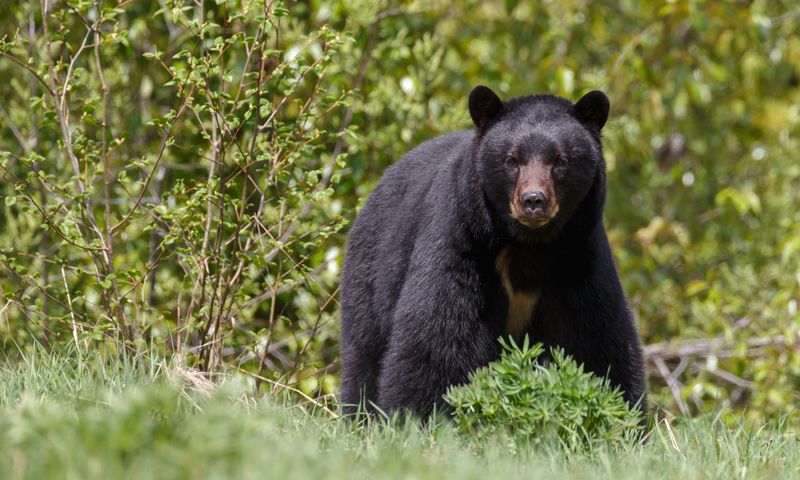
Wildlife officials have ramped up education campaigns in communities experiencing new bear activity. Simple practices like securing garbage and removing bird feeders dramatically reduce unwanted bear visits.
Schools in bear country now include wildlife awareness in their curriculum. Children learn that bears aren’t dangerous when respected and given space, fostering a new generation of wildlife stewards.
Balancing Conservation With Human Interests
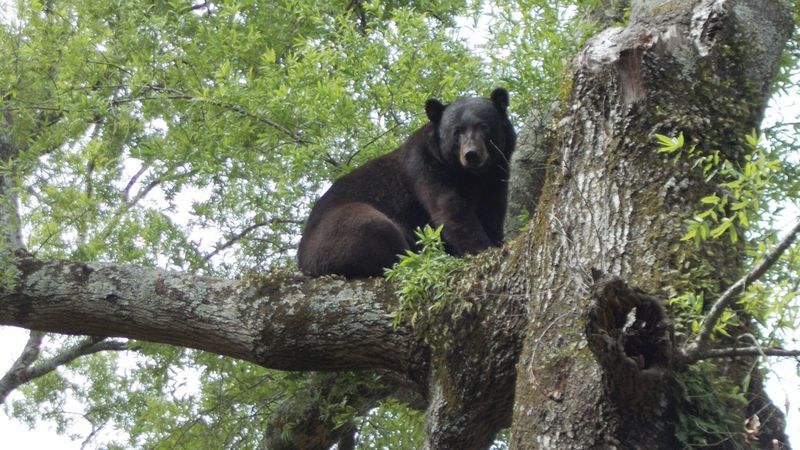
Coastal land loss threatens critical bear habitat in southern Louisiana. Rising sea levels could push bears further inland, increasing overlap with human communities.
Urban expansion continues to fragment remaining forest patches. Creating sustainable solutions requires balancing economic development with wildlife conservation—a delicate dance that involves compromise from all stakeholders.
Monitoring And Research
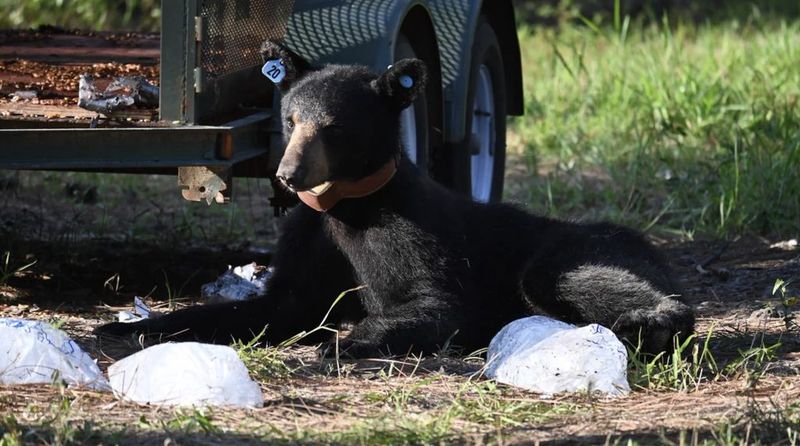
GPS collars have revolutionized bear research, revealing previously unknown migration patterns and habitat preferences. Scientists can now track individual bears for years, gathering invaluable data on their behavior.
Hair snares collect DNA samples without disturbing the animals. This genetic information helps researchers assess population health and diversity while identifying family relationships between bears.
Future Outlook
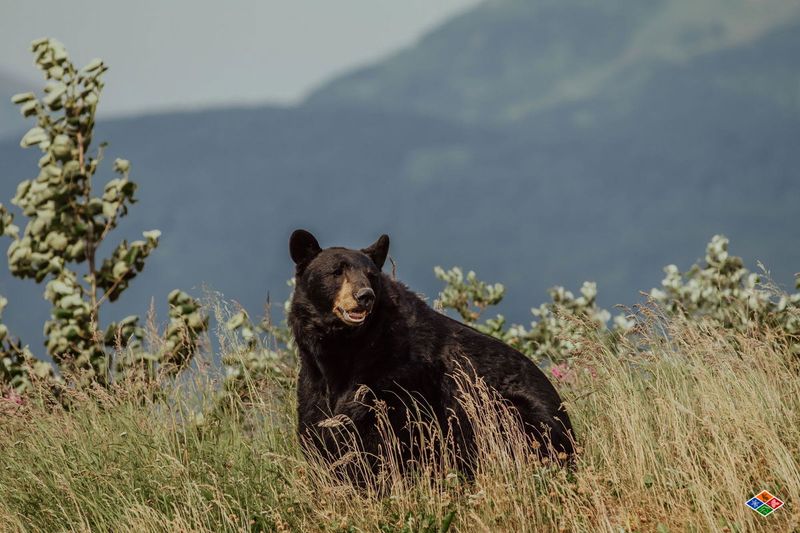
Experts predict continued population growth if current conservation measures remain in place. The challenge will be managing increased human-bear interactions without resorting to lethal control methods.
Community-based conservation models show promise for the future. When local residents take ownership of bear management issues, solutions tend to be more creative and effective than top-down approaches.
Climate Change Impacts
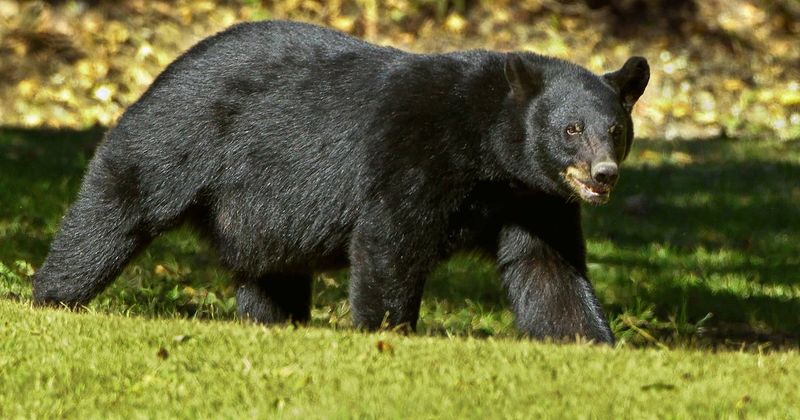
Warmer winters have disrupted traditional hibernation patterns for Louisiana’s bears. Many now remain active year-round, increasing the likelihood of human encounters during traditionally quiet months.
Changing precipitation patterns affect food availability in forests. Droughts can reduce berry and nut production, pushing hungry bears to seek alternative food sources closer to human settlements.
Tourism Potential
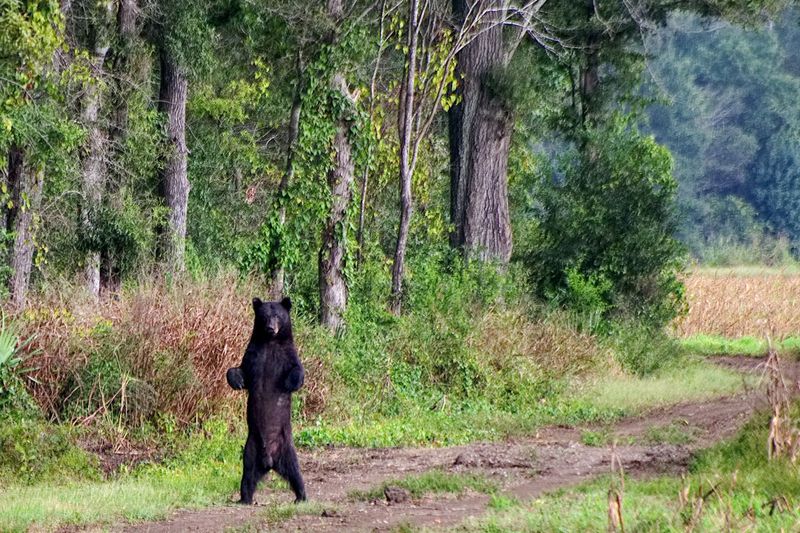
Some Louisiana communities have begun promoting bear watching as ecotourism opportunities. Guided tours in prime bear habitat bring in visitors eager to glimpse these iconic creatures in their natural environment.
Local businesses benefit from wildlife tourism through increased restaurant and hotel patronage. When properly managed, bear-focused tourism creates economic incentives for habitat protection while educating visitors about conservation.

